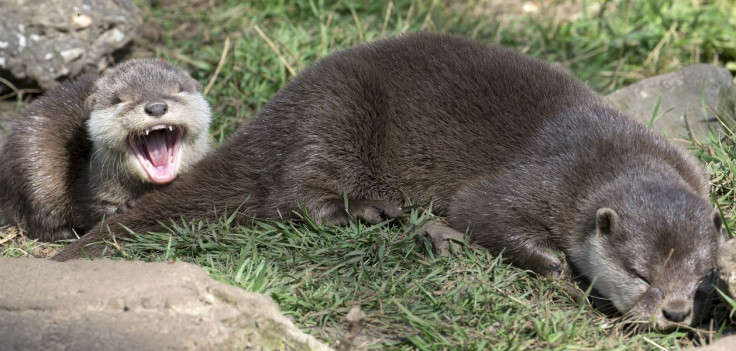Paleontologists uncover fossil of prehistoric otter with crushing bite

Say the word otter and most people visualise a playful and charismatic creature. History shows there is a burly type, though, as evidenced by a giant new species of fossil otter recently recovered from the latest Miocene lignite beds of the Shuitangba Site in northeastern Yunnan Province, China.
Paleontologists unearthed the fossil from the coal-rich strata of an ancient wetland. It conveyed the otter’s true nature -- that they have been "literally crushing it for millions of years," Smithsonian reported.
That new heavily built otter has a backstory. In 1983, paleontologists stumbled upon the fossil otter Siamogale thailandica from a single molar found in Thailand. A later study suggested that the animal the tooth belonged to was more like a European badger. When expeditions in China unfolded, the mammal's true identity was revealed.
Unearthed was well-preserved otter material that included crania, mandibles and postcranials. Such a finding was published in the Journal of Systematic Palaeontology.
A longstanding riddle
Among known fossils, the Shuitangba species is closest to Siamogale thailandica. The new species of fossil otter that was recently found was Siamogale melilutra sp. nov. There are parts of at least three skeletons from the new species of Miocene mammal. It is a partly crushed skull that shed greater understanding for the animal that has long been a longstanding riddle: Siamogale is definitely an otter that tended to be badger-ish.
The new discovery permits recognition of a rare grouping or clade of otters. It also presents an opportunity for research scientists to explore relationships among several enigmatic fossil mustelids that have been referred to as either badgers or otters.
Significant traits
It is evident that time was not kind to the Siamogale skull. Despite that, the fossil exhibits significant traits that solidify its status as an otter and explain why there was some prior confusion over its identity.
“It has the skull of an otter but shares many dental similarities with badgers,” Natural History Museum of Los Angeles paleontologist Xiaoming Wang said. That is why the otter was called melilutra, which is Latin for “badger otter.”
Playful and small-clawed new otters
In other news, three otter triplets were recently born at Disney's Animal Kingdom, Disney Parks reported. The playful small-clawed otters happen to be the smallest of all otters, and the least aquatic. They spend most of their time on land, but when in the water, they can hold their breath for six to eight minutes.
Such Asian small-clawed otters tend to be vulnerable in the wild due to habitat loss. Most of the wetland areas they regard as home have declined due to lack of water.






